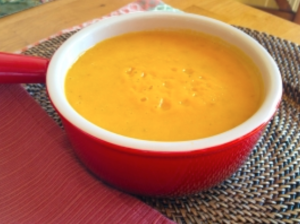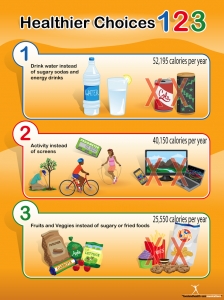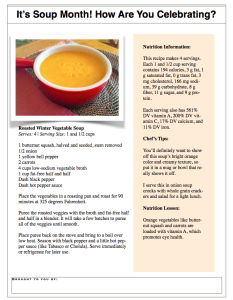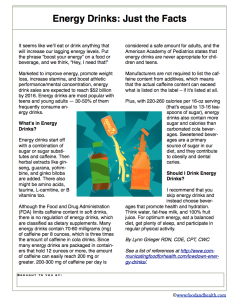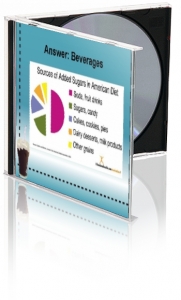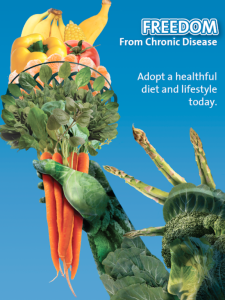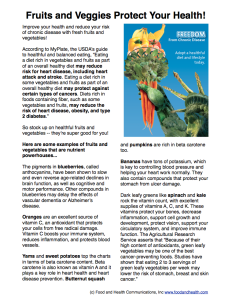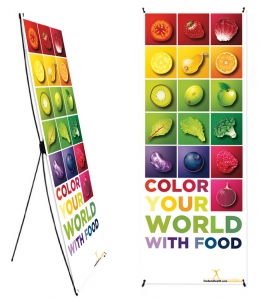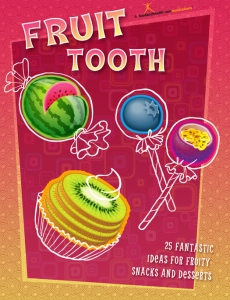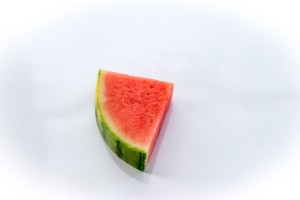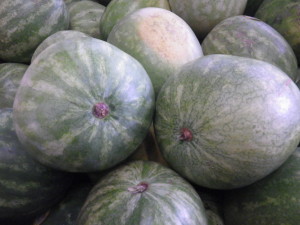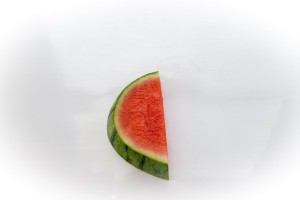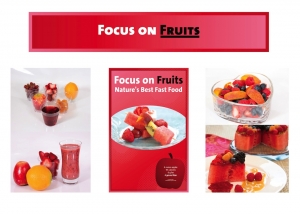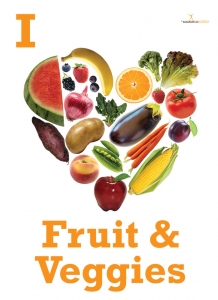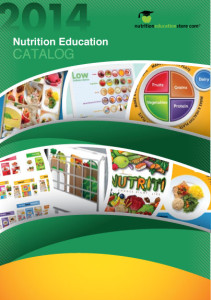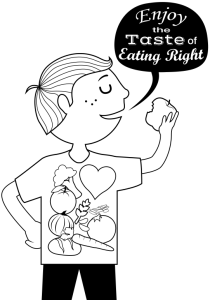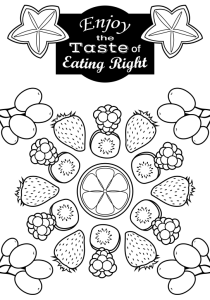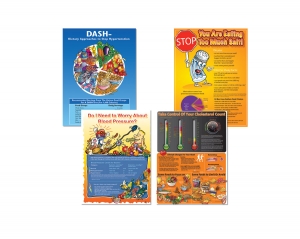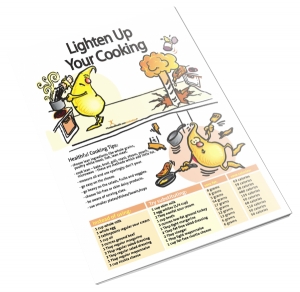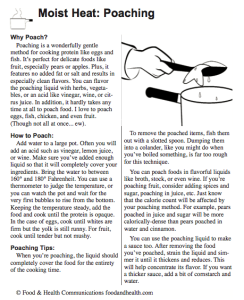January is Soup Month!
Makes sense, right? It’s cold, gray, and winter is in full swing. With all that, what could sound better than a warming bowl of soup? Plus, so many people are making health resolutions at this time of year — soup is the perfect resolution food. Choosing a soup that is loaded with vegetables is a low-calorie way to get tons of nutrients and fiber, and it’s filling too!
Here’s one of my very favorite soups, perfect for this time of year. Enjoy!
Serves: 4 | Serving Size: 1 and 1/2 cups
1 butternut squash, halved, stemmed, and seeded
1/2 onion
1 yellow bell pepper
2 carrots
4 cups low-sodium vegetable broth
1 cup fat-free half and half
Dash black pepper
Dash hot pepper sauce
Place the vegetables in a roasting pan and roast for 90 minutes at 325 degrees Fahrenheit.
Puree the roasted veggies with the broth and fat-free half and half in a blender. It will take a few batches to puree all of the veggies until smooth. Don’t overfill the blender or the top may blow off!
Place puree back on the stove and bring to a simmer over low heat. Season with pepper and a little hot pepper sauce. Serve immediately or refrigerate for later use.
Nutrition Information:
This recipe makes 4 servings. Each 1 and 1/2 cup serving contains 194 calories, 3 g fat, 1 g saturated fat, 0 g trans fat, 3 mg cholesterol, 166 mg sodium, 39 g carbohydrate, 8 g fiber, 11 g sugar, and 9 g protein.
Each serving also has 561% DV vitamin A, 200% DV?vitamin C, 17% DV calcium, and 11% DV iron.
Chef’s Tips:
I love to show off the gorgeous color of this soup, so I serve it in onion soup crocks. Add a few whole grain crackers and a small salad for a perfectly light lunch or dinner.
Want to see more great January resources? Check out these options!
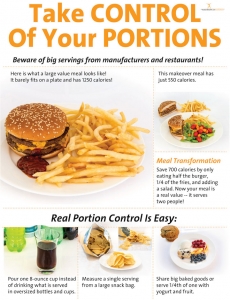
Take Control of Your Portions Poster
I almost forgot! Here’s your free handout with this great soup recipe!



